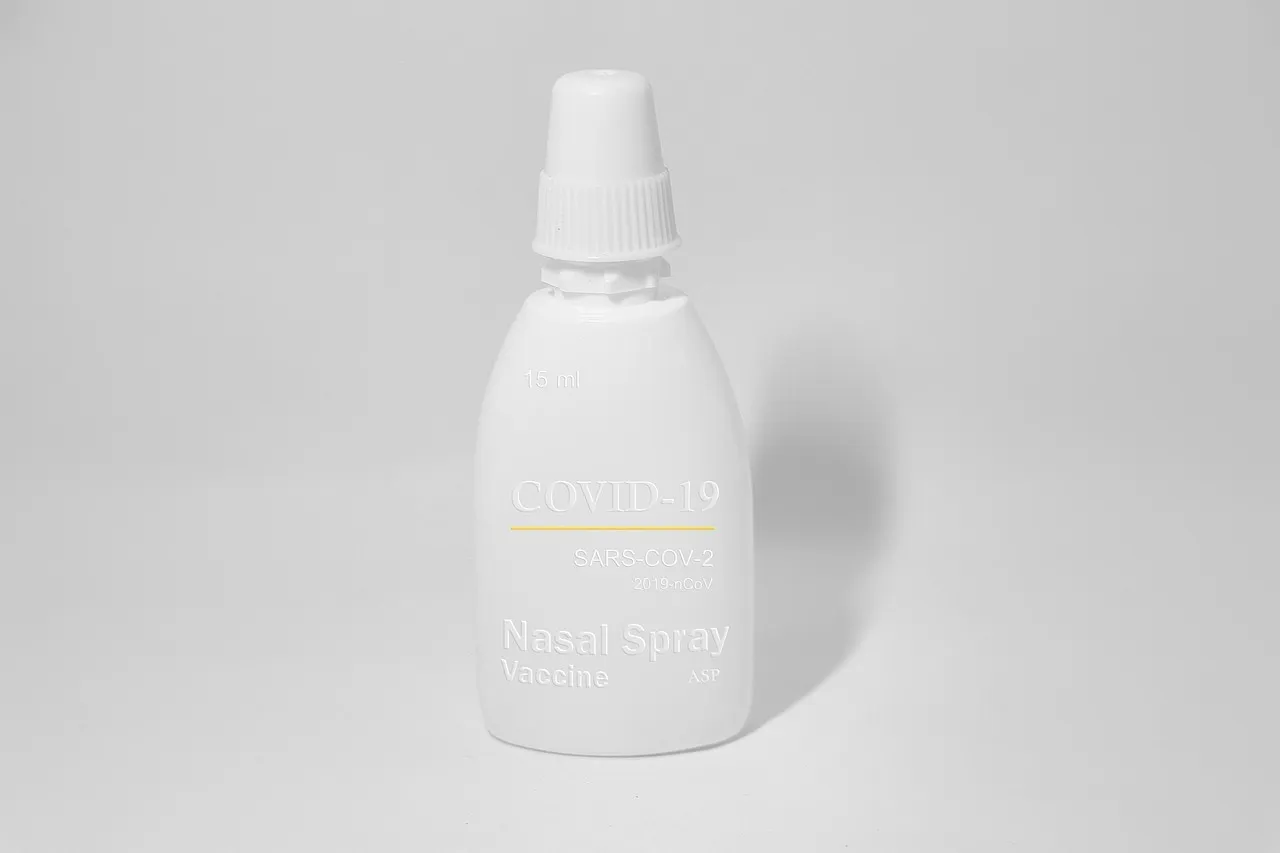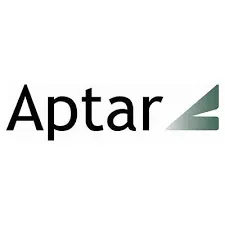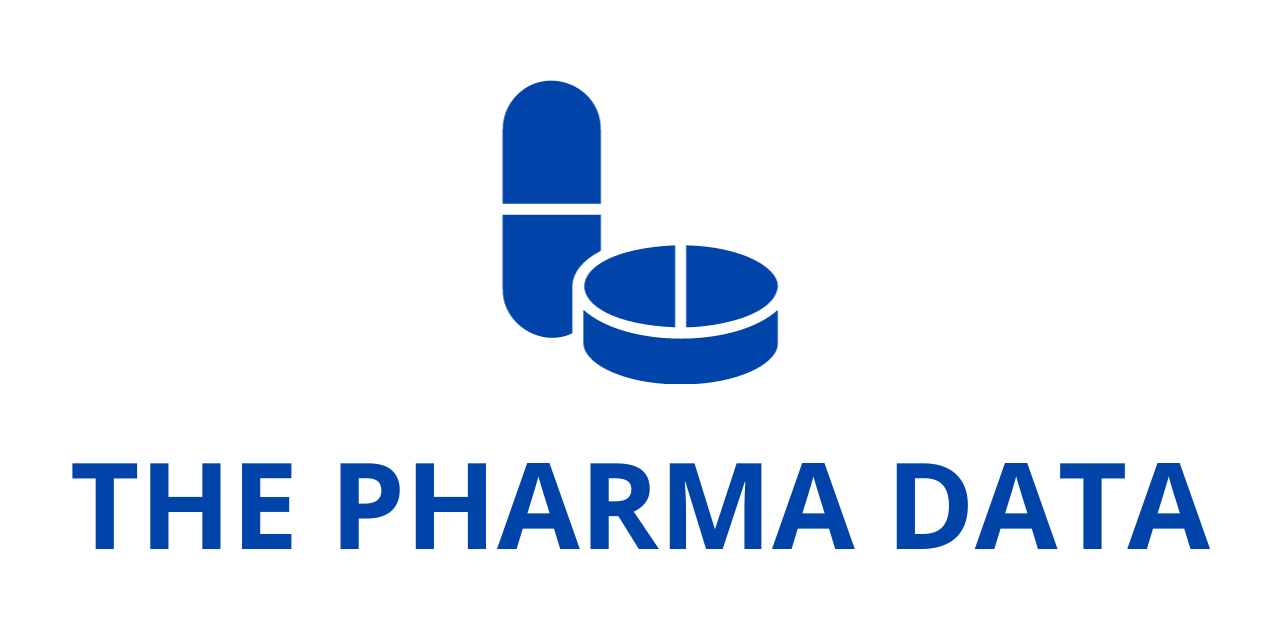
Aptar’s Nasal Delivery System Helps Validate Breakthrough Alzheimer’s Treatment in Wake Forest Study
In a major advancement for Alzheimer’s research and the evolving field of drug delivery science, AptarGroup, Inc. (NYSE: ATR), a global leader in the design and manufacturing of dosing and dispensing technologies, has announced that its intranasal drug delivery system played a pivotal role in a newly published study demonstrating that insulin, when delivered nasally, can reach critical memory-related areas of the brain. The study, conducted by the Wake Forest University School of Medicine, offers what researchers call “groundbreaking” confirmation that intranasal insulin can bypass the blood-brain barrier—a major hurdle in neuroscience drug development—and reach brain regions implicated in Alzheimer’s disease.
The findings, published in the peer-reviewed journal Alzheimer’s & Dementia: Translational Research & Clinical Interventions, could catalyze a new era in how neurological disorders are treated. By proving that insulin administered via nasal spray can access specific areas of the brain associated with memory and cognition, the research sets the stage for the development of new treatment strategies for Alzheimer’s and possibly other neurodegenerative diseases.
A Critical Leap in Alzheimer’s Drug Development
Historically, one of the most significant challenges in developing effective drugs for brain diseases like Alzheimer’s has been finding a way to efficiently and safely transport therapies across the blood-brain barrier. This natural defense mechanism, while crucial for protecting the brain from harmful substances, has made it extremely difficult for many potentially beneficial drugs to reach their intended targets.
Intranasal delivery has long been considered a promising route for bypassing the blood-brain barrier due to the direct connections between the nasal cavity and the central nervous system. Yet, until now, evidence of effective brain penetration by intranasally administered drugs has remained elusive.
“This study fills a critical gap in our understanding of how intranasal insulin reaches the brain,” said Dr. Suzanne Craft, senior author of the study, professor of gerontology and geriatric medicine at Wake Forest University School of Medicine, and director of the Wake Forest Alzheimer’s Disease Research Center. “We needed direct evidence that the drug is able to reach key brain targets. An unexpected finding was the observation that uptake may differ in people with early cognitive decline. This means we now have a roadmap directly to the brain.”
Aptar’s Nasal Technology Enables Precision Targeting
The Aptar success of the Wake Forest study hinged on the ability to deliver insulin in a way that allowed researchers to track and quantify its absorption into the brain. This was made possible through the use of a precision-engineered nasal spray delivery system developed by Aptar Pharma, a division of AptarGroup specializing in intranasal and inhaled therapies.
The study used a specially designed six-spray intranasal device in combination with a radiolabeled insulin compound, [68Ga]Ga-NOTA-insulin, to perform advanced positron emission tomography (PET) brain scans. The imaging enabled researchers to observe insulin as it traveled from the nasal cavity to various regions of the brain over a 40-minute scan, followed by whole-body imaging.
Reenal Gandhi, Director of Business Development at Aptar Pharma, emphasized the significance of the findings for both patients and the future of neurological treatment delivery. “The results of the study represent a significant step forward in medicine as they validate that our nasal delivery system was effective in delivering intranasal insulin safely and effectively to specific regions of the brain,” she said.

Gandhi noted that Aptar has over 30 years of experience in the development of nasal drug delivery systems, with particular attention to use in emergency and routine care settings. “While we have nasally delivered medications in emergency and routine care, we believe that the nasal route holds potential for more developments. As scientific understanding and development advance, we see continued opportunities for intranasal delivery to improve how therapeutics are delivered to the central nervous system.”
Study Design and Key Findings
The Wake Forest study recruited 16 older adults with an average age of 72. Among them, seven were cognitively normal, while nine had been diagnosed with mild cognitive impairment (MCI), a known precursor to Alzheimer’s disease. Each participant received the radiolabeled insulin via Aptar’s intranasal device and underwent high-resolution PET imaging to observe how the drug dispersed through the brain.
The results confirmed that insulin reached 11 key brain regions associated with memory and cognition, including:
- The hippocampus
- The olfactory cortex
- The amygdala
- The temporal lobe
This direct mapping of insulin uptake represents a major milestone in validating the delivery method. Moreover, the study identified important differences in drug absorption between cognitively normal individuals and those with MCI. Specifically:
- Cognitively normal participants exhibited higher insulin uptake and distinct timing patterns, suggesting more effective and sustained delivery.
- Participants with MCI demonstrated faster initial absorption but quicker clearance of insulin from the brain, indicating a potential impairment in insulin retention or transport mechanisms.
The Aptar researchers also found that sex and vascular health played a role in how insulin was absorbed. Among female participants, insulin uptake was positively associated with indicators of cardiovascular health. Conversely, elevated levels of ptau217—a biomarker linked to amyloid buildup in the brain—were correlated with decreased insulin absorption in multiple brain regions.
Importantly, the intranasal procedure was well tolerated by participants. Only two individuals reported mild headaches after the scan, both of which resolved within 24 hours.
Implications for Future Alzheimer’s Therapies
According to Dr. Craft, these findings could mark a turning point in the pursuit of more effective Alzheimer’s treatments. “One of the biggest challenges in developing treatments for brain diseases is getting agents into the brain,” she said. “This study shows we can validate intranasal delivery systems effectively, an essential step before launching therapeutic trials.”
The implications of this research are particularly timely. Recently, the U.S. FDA Aptar has approved a number of monoclonal antibodies targeting amyloid plaques in Alzheimer’s patients. However, these therapies have been met with concerns regarding both efficacy and the potential for serious side effects, such as brain swelling and bleeding. By contrast, intranasal insulin offers a non-invasive, potentially safer alternative that could complement or even supplant current options—especially in the early stages of disease.
“This validation strategy supports a broader approach to Alzheimer’s treatment, including metabolic and delivery-focused interventions,” Dr. Craft noted. “It could also help explain why some patients respond better to intranasal insulin therapy than others, opening the door to personalized treatment strategies.”
A Foundation for Future Research
Armed Aptar with these findings, the Wake Forest team now plans to launch larger, multi-center studies over the next 12 to 18 months to further explore how factors like vascular health, amyloid accumulation, and sex differences affect brain insulin delivery. These efforts will help determine whether targeted delivery methods can be optimized based on individual patient characteristics.
“There’s an urgent need to identify effective and feasible ways to prevent and treat Alzheimer’s dementia,” said Craft. “These findings show that we can now validate whether treatments are actually reaching their intended brain targets, which is critical information for designing successful trials.”
Aptar Pharma, meanwhile, is continuing to expand its role as a leader in intranasal drug delivery. The company provides a full suite of solutions for Orally Inhaled and Nasal Drug Products (OINDPs), from early-stage formulation development to commercial-scale manufacturing. Its nasal spray systems are designed to ensure precise dosing, ease of use, and rapid onset of action—making them ideal for both systemic and local drug administration.
The convergence of imaging technology, advanced delivery systems, and precision diagnostics—exemplified by this Wake Forest-Aptar collaboration—is reshaping the landscape of Alzheimer’s drug development. By finally providing the tools needed to confirm whether brain-targeted therapies actually reach their destination, researchers are in a stronger position to design clinical trials that are both scientifically rigorous and therapeutically meaningful.
“While there’s still a lot to learn, these findings show that we now have the tools to validate intranasal drug delivery to the brain,” Craft concluded. “This is promising news for developing more effective and accessible treatments for Alzheimer’s disease.”
As neurodegenerative diseases continue to rise globally, the ability to deliver drugs efficiently, non-invasively, and directly to the brain could play a crucial role in transforming patient care—and Aptar’s nasal delivery system appears poised to be at the forefront of that transformation.




